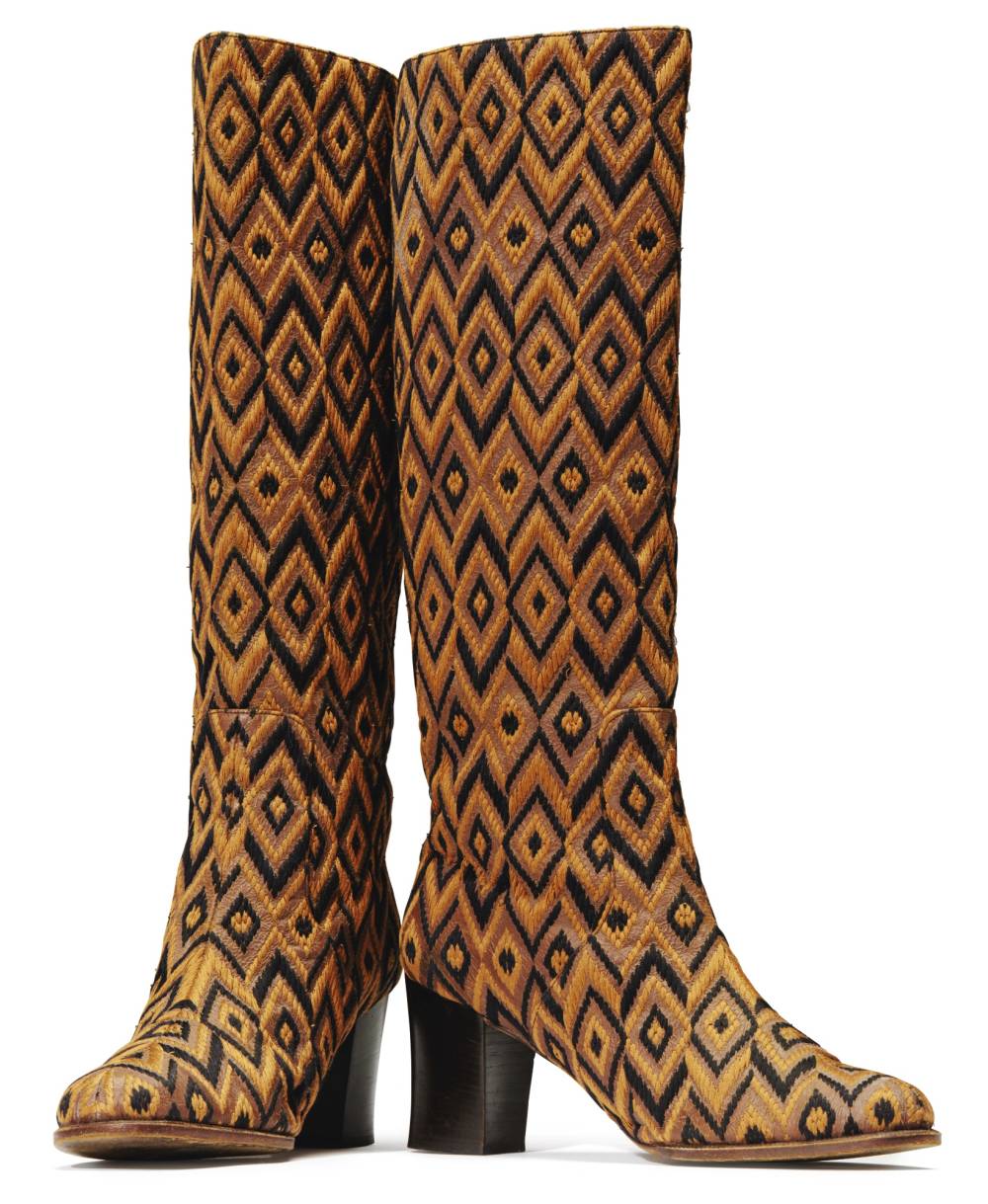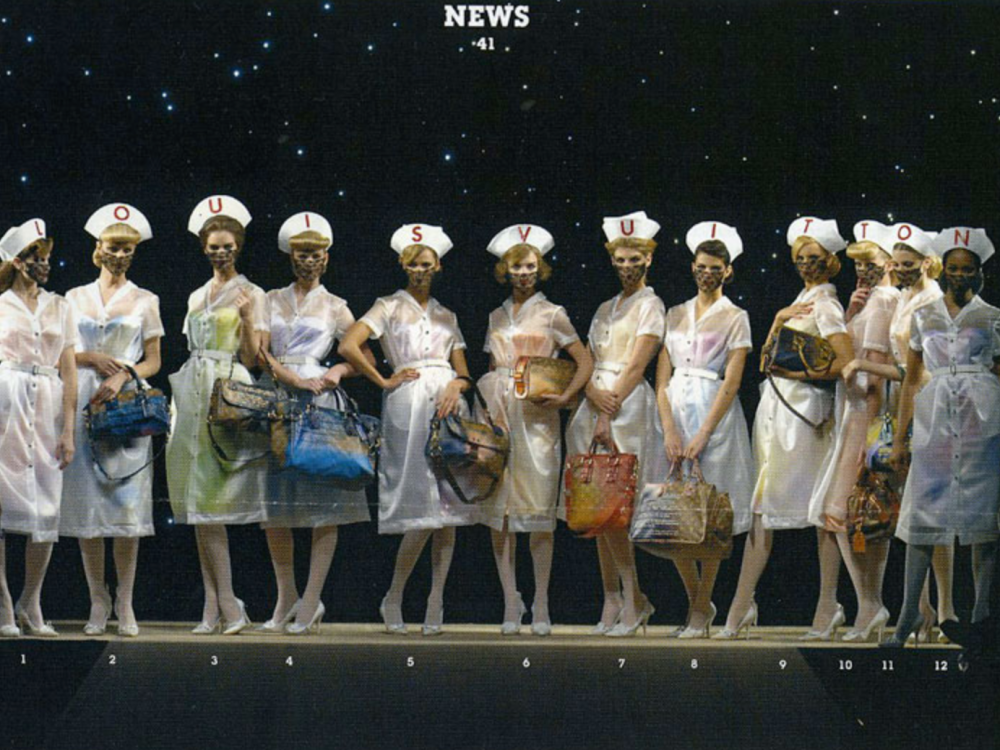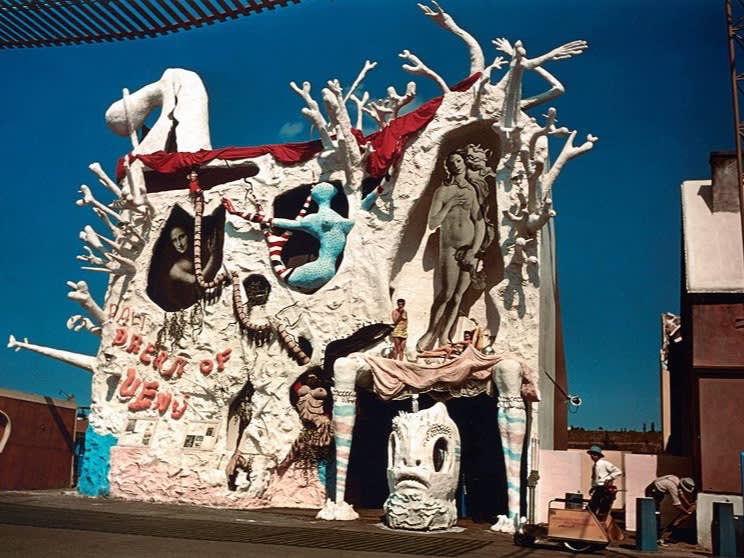Miuccia Prada, a name synonymous with modernity and reinvention, has long been a leader in forward thinking design and innovation. Case in point, Prada’s fall/winter 1996 collection, a subversive, minimalistic response to the standard woman’s wear styles of the 1990’s.
One of the most iconic runway moments of the past three decades, Prada’s collection of cubist-style prints and muted hues sought reference from the 1960s and 70s, while catapulting 20th century fashion into a new era. Miuccia’s subtle manipulation of shape, color, material and silhouette, fosters collections that are both unfalteringly cool and unarguably timeless. For fall/winter 1996, the designer employed all such techniques to prove why every woman wants and needs to be a Prada woman.
As the show commenced, 90s supermodels sauntered down the runway in structured suiting and simple daywear rendered in shades of khaki, brown and mustard yellow. Heavy fabrics offered a sense of solidity and weight to the collection, seen in thick wool calf-length skirts and tailored trousers, many styled with nothing but an effortless camel turtleneck or grey V-neck sweater. A retro text motif was scattered throughout the season’s opening looks, as geometric argyle-patterns were introduced mid-show – a motif that has since been reinterpreted by countless designers and even reintroduced by Prada herself, for the brand’s fall/winter 2012 show. The season’s featured eveningwear took shape in a number of lilac and mossy sheer gowns subtly embellished with glittering seams – yet another of Prada’s now trademark finishing techniques.
Over the past three decades Miuccia Prada has shown season-after-season that her brilliance lies in her singular ability to approach fashion design with a restrained, architectural eye; a unique talent that defined the brand’s fall/winter 1996 collection.

References
- 1
- 2
David Hammons
Photographed on September 2, 1980, in New York City
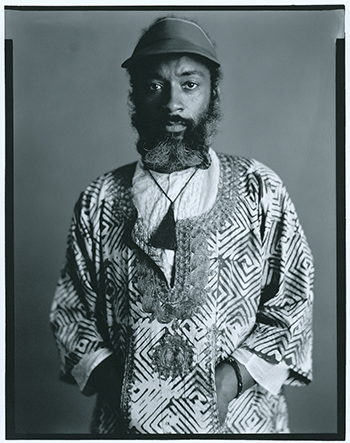
Gio Ponti
La Villa Namazee, 1957
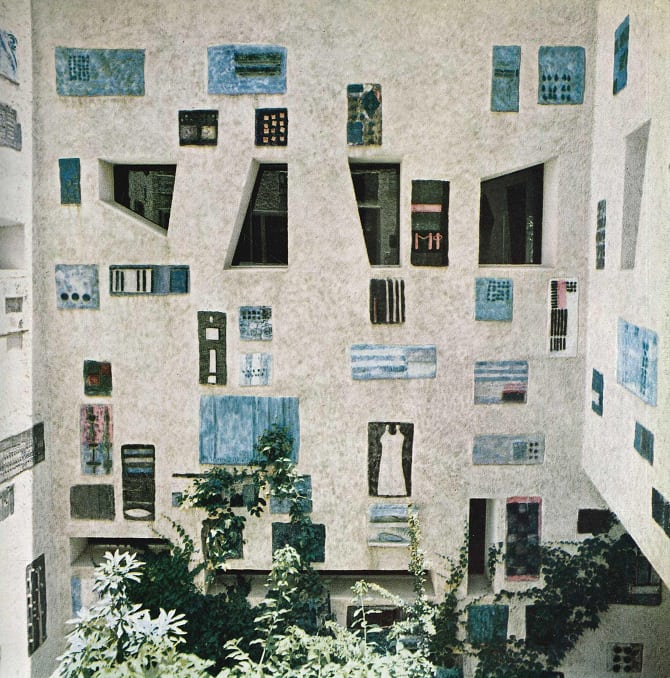
André Sornay
Green-lacquered wooden cabinet, 1930
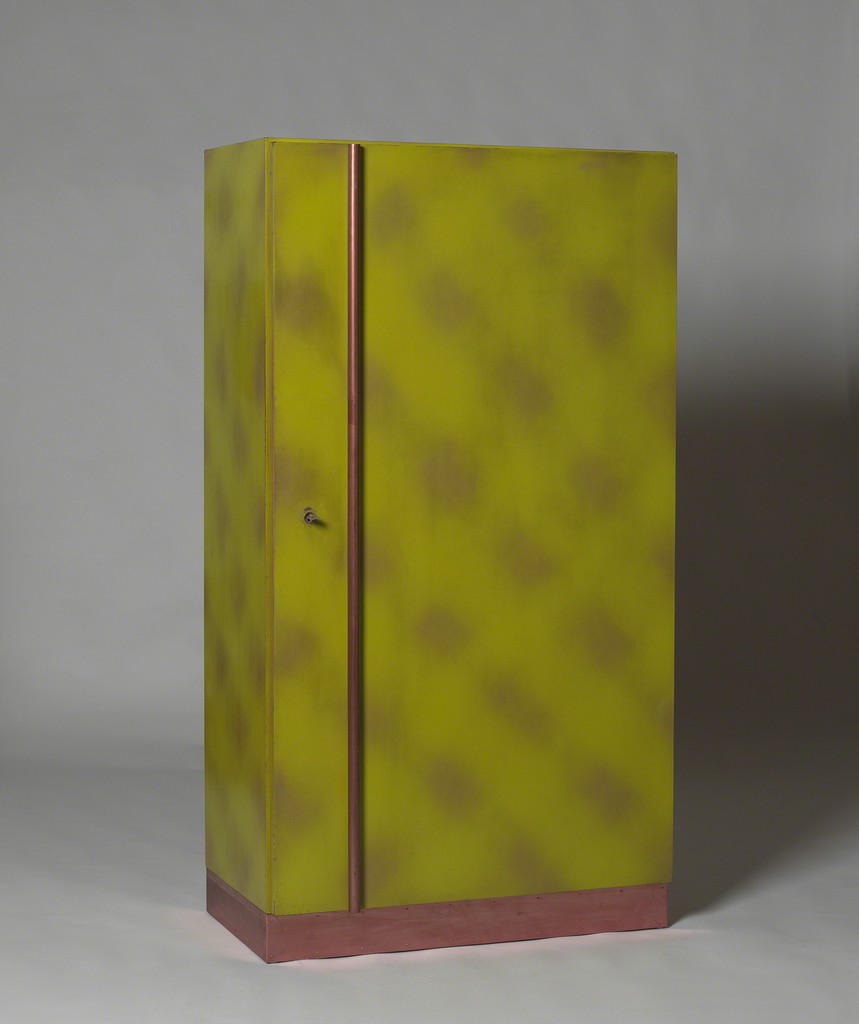
Agnes Martin
Untitled, 1963
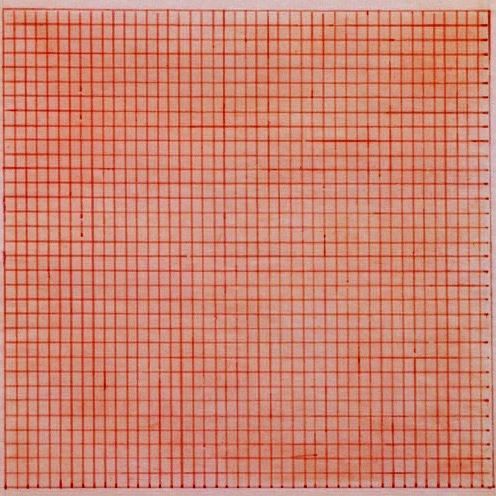
Anni Albers
Wall Hanging, 1926

Domenico Gnoli
Green-Bed-Cover, 1969
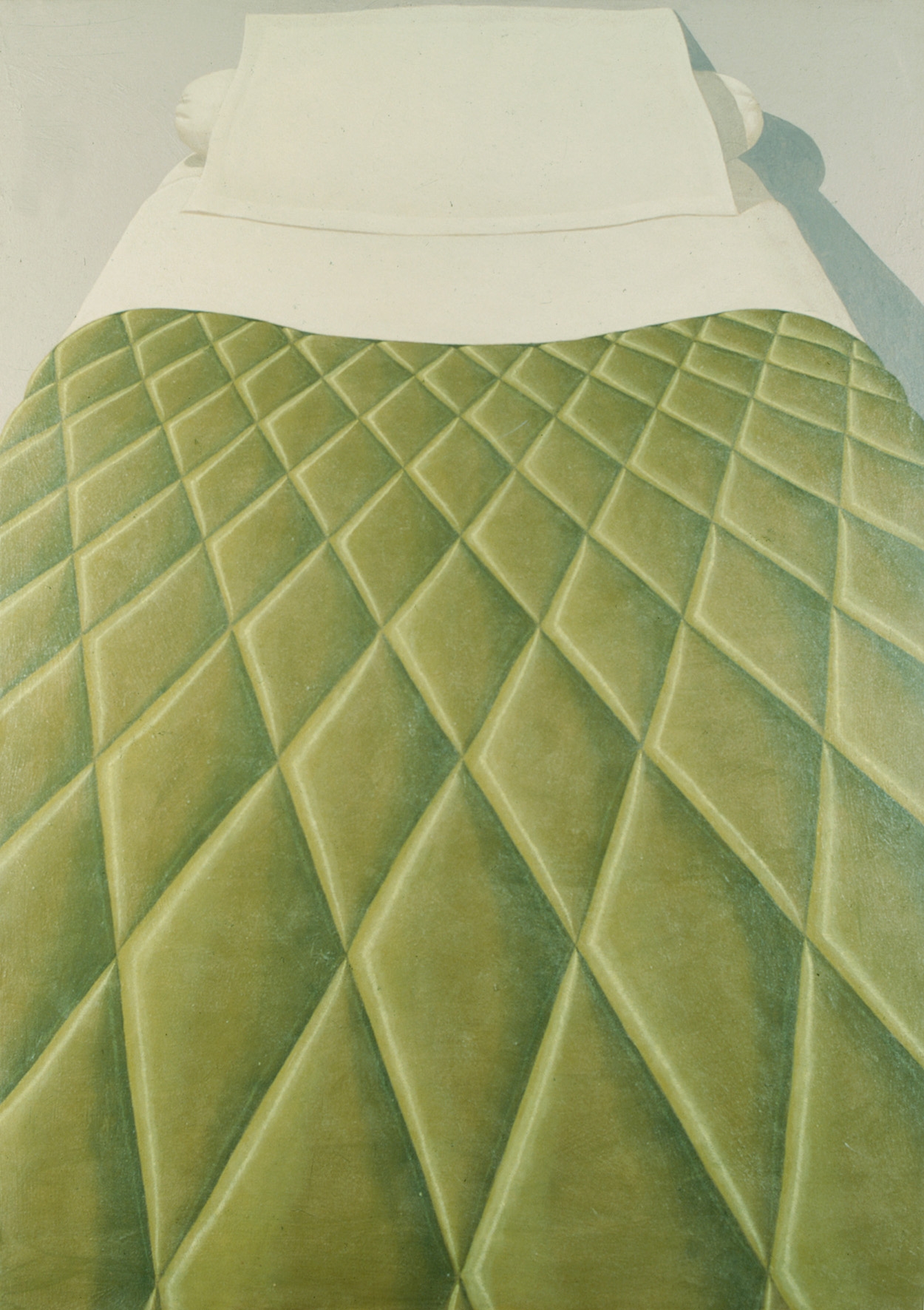
Fortunato Depero
Page from Depero Futurista (Libro imbullonato), Milan,1927
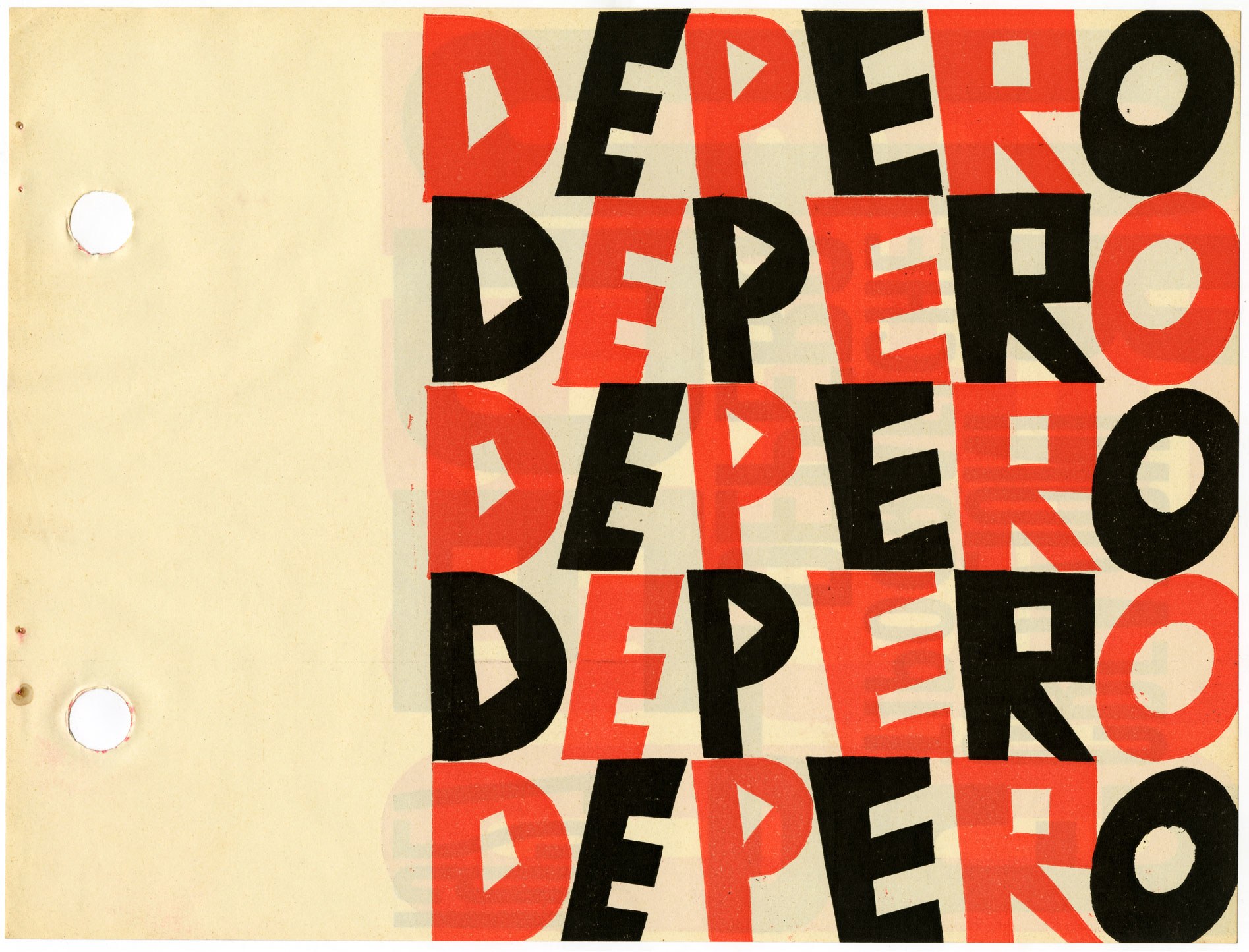
Lucio Costa
Housing complex in Rio de Janeiro, Brazil
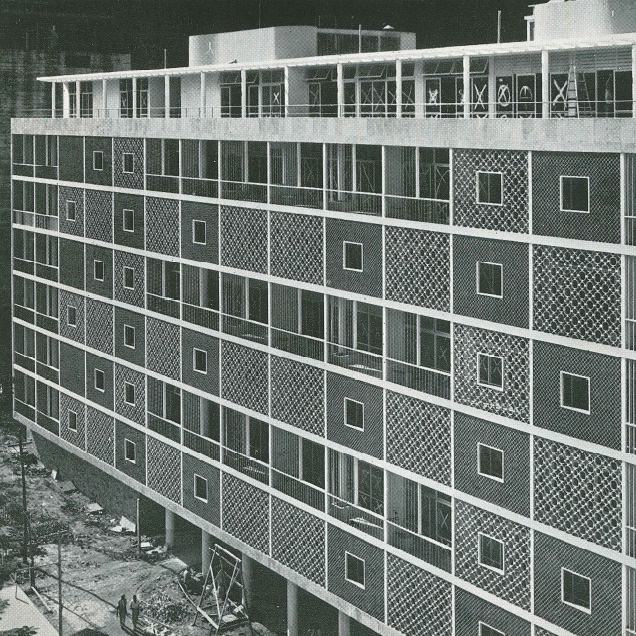
Agnes Martin
'Untitled', 1959
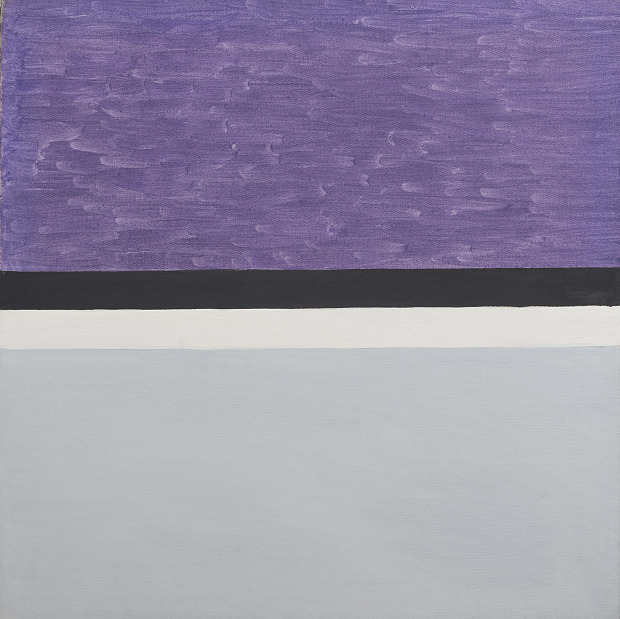
Anni Albers
Tikal, 1958
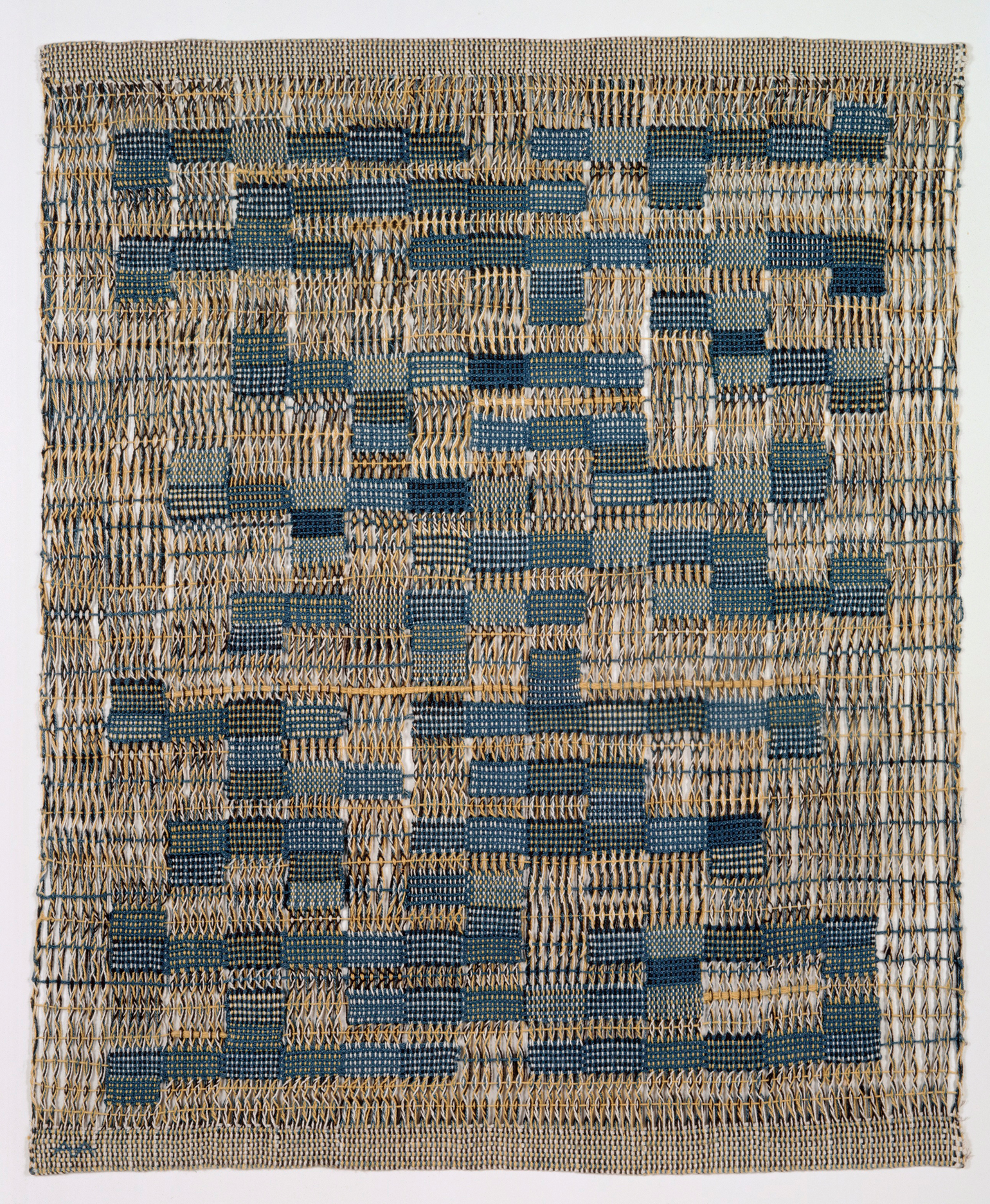
Barnett Newman
Concord, 1949
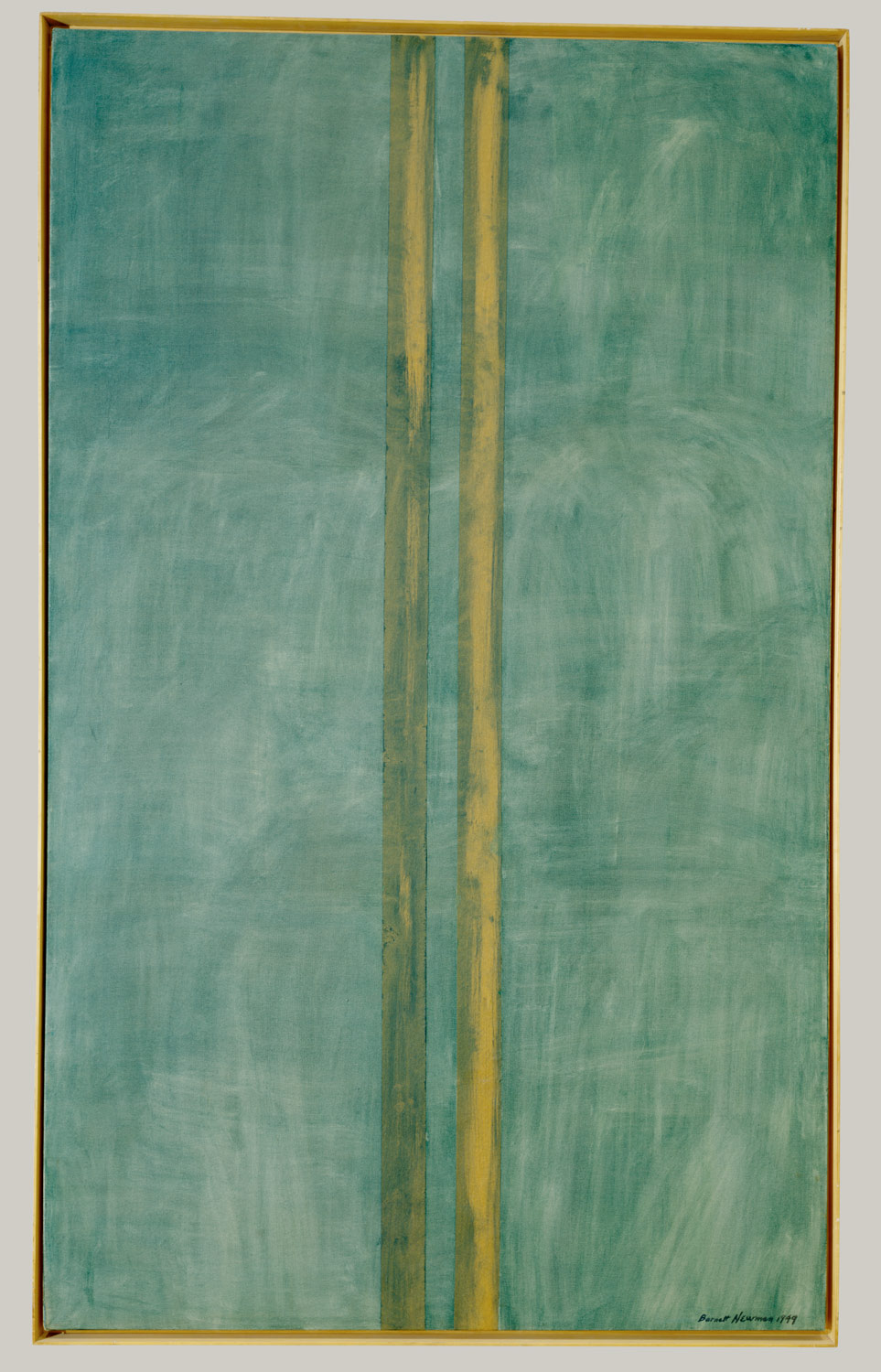
Franco Albini
Luisa Chair, 1960s
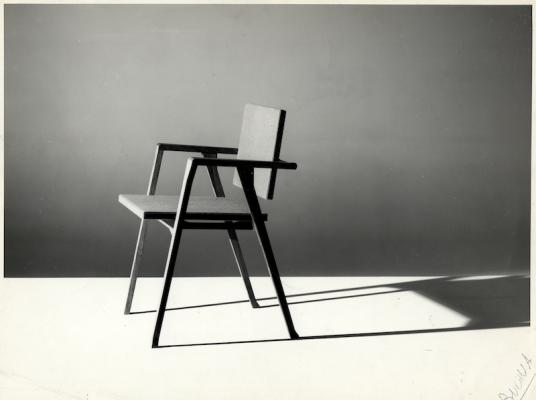
Gio Ponti
Sofa for Palazzo Liviano, 1939
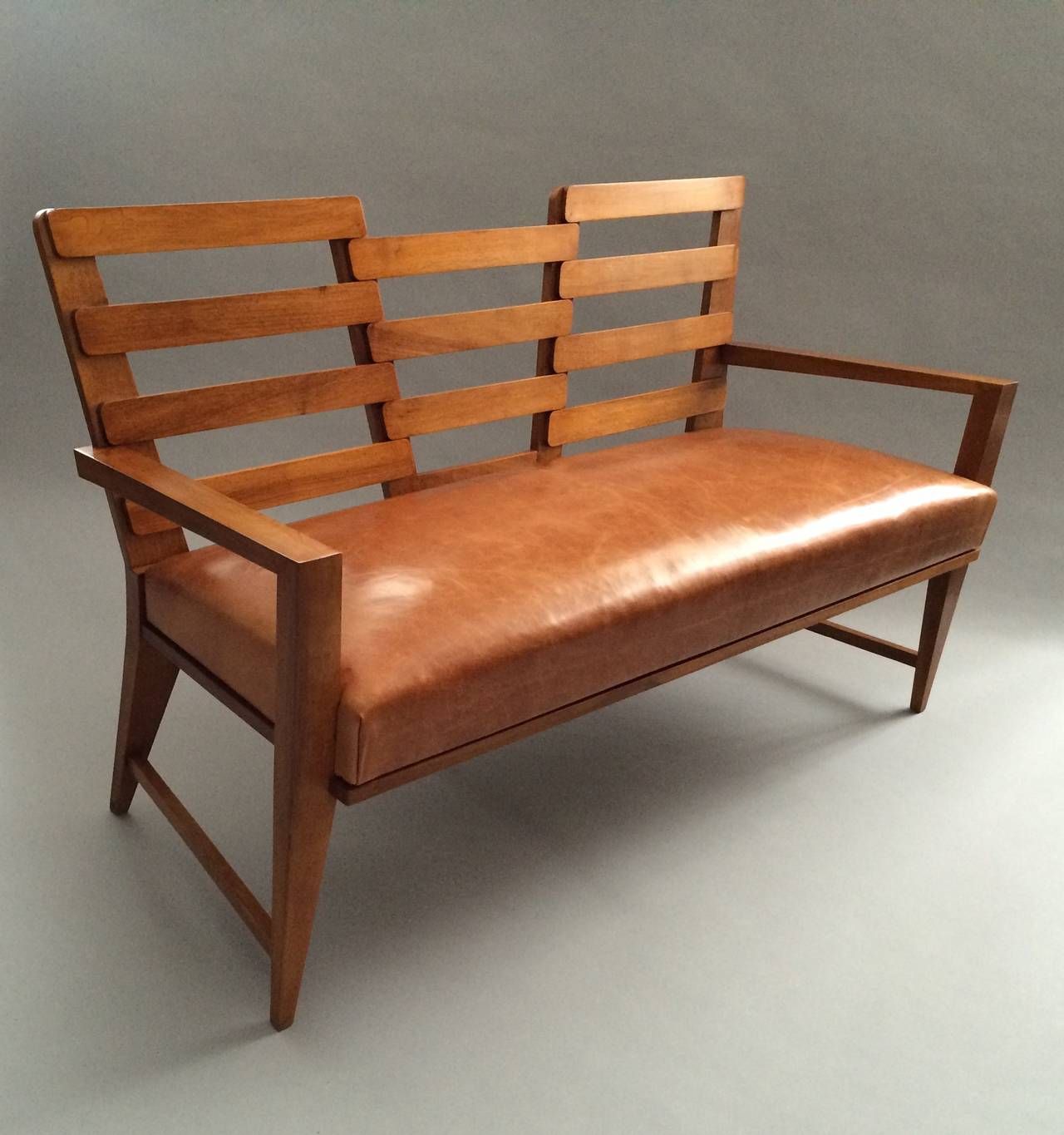
Giulio Minoletti
Condominio ai Giardini d'Arcadia in corso di Porta Romana, 1955
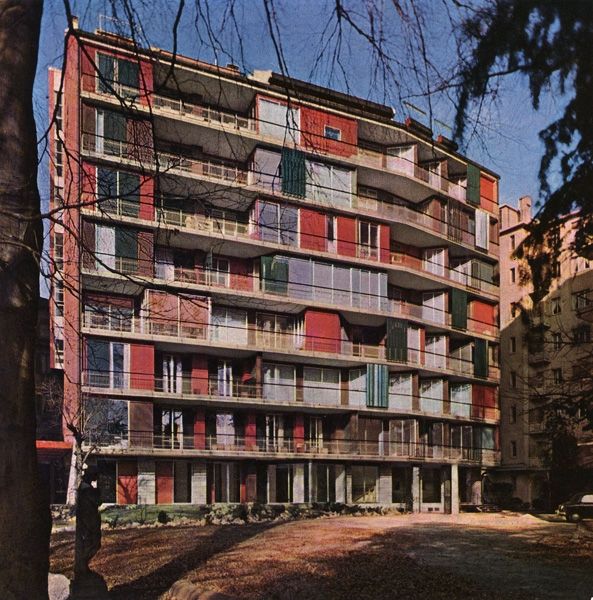
George Hoyningen-Huene
Greta Garbo, 1951
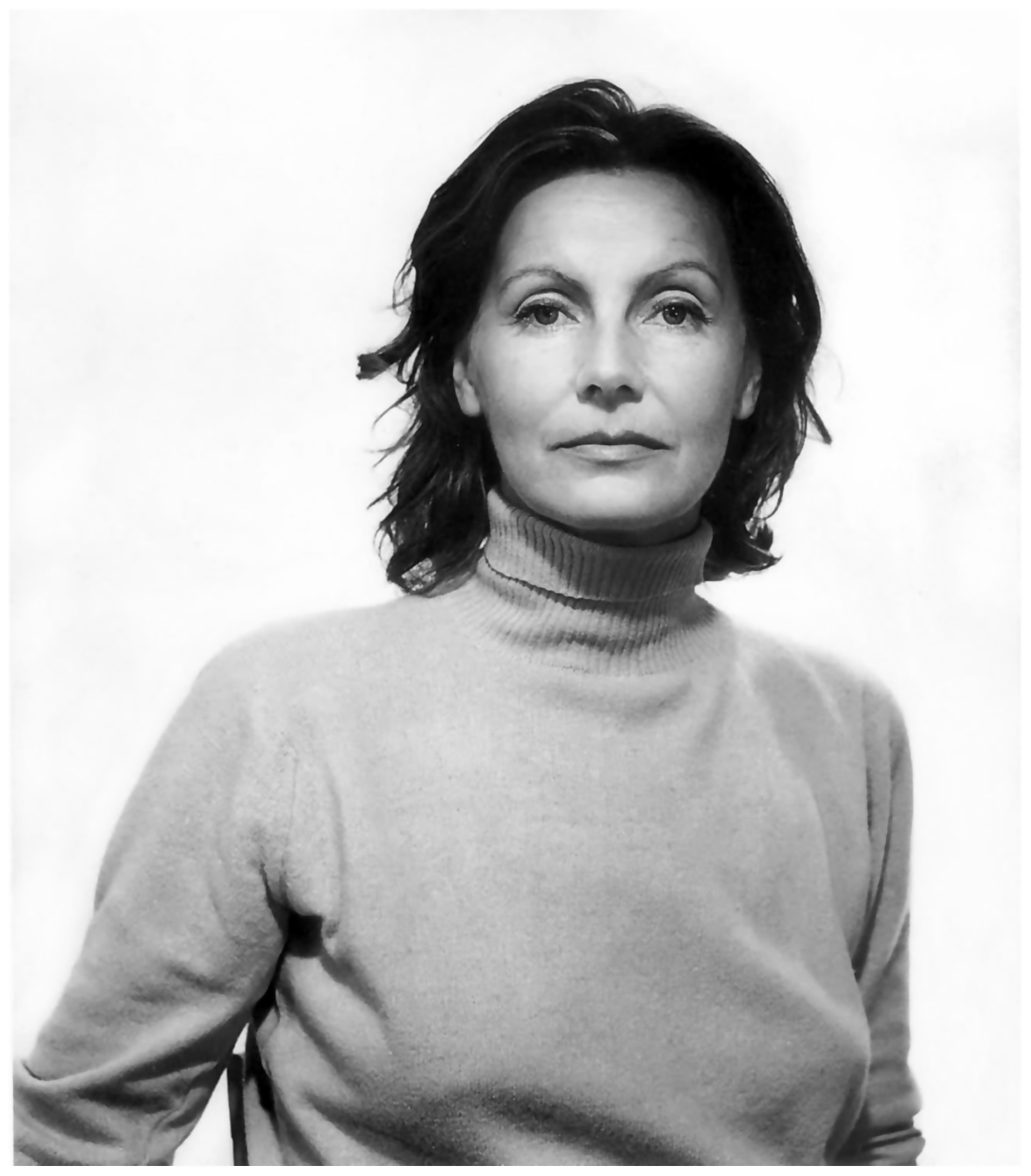
Ico Parisi
Wooden and Rattan Magazine Rack, 1950
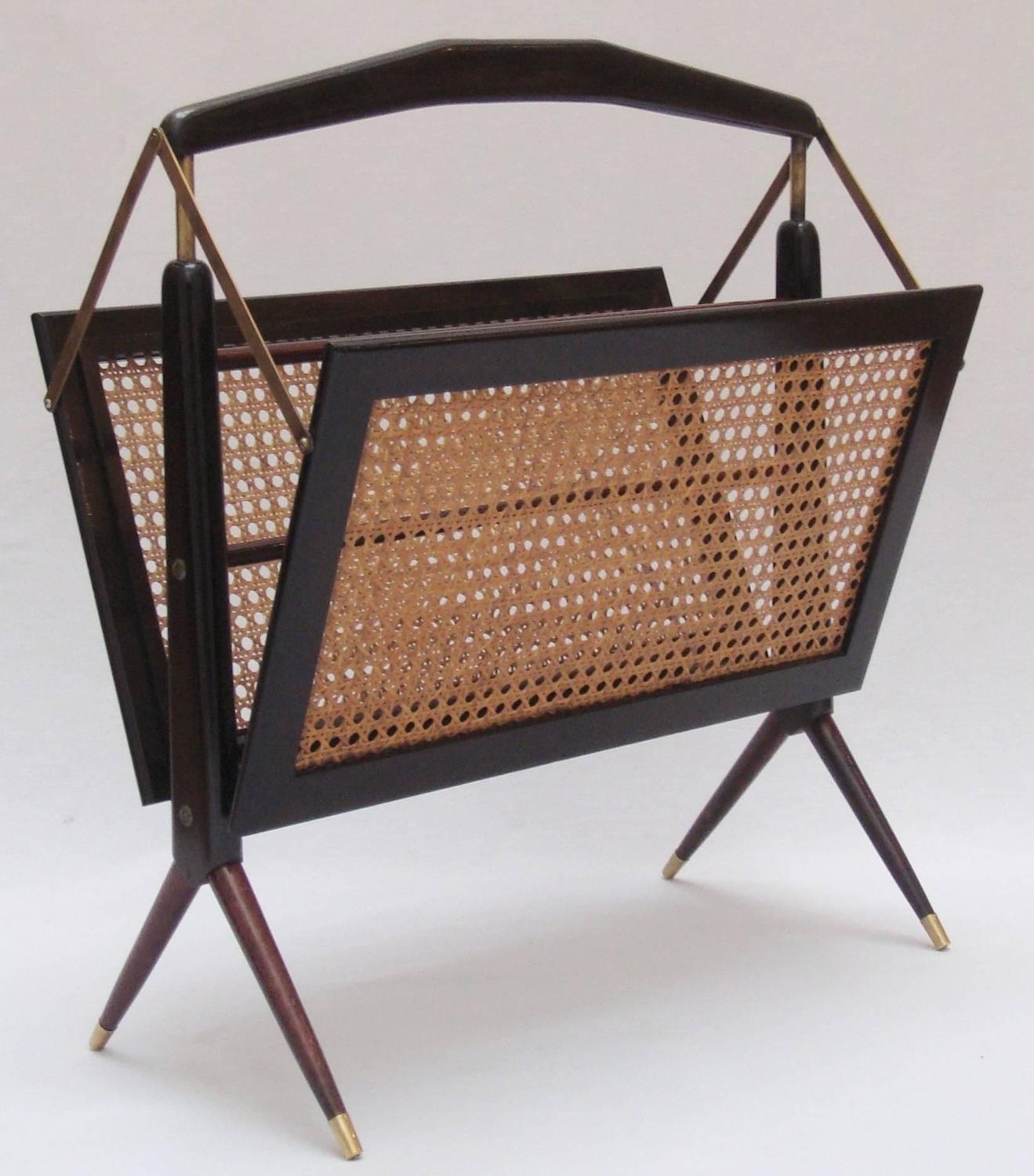
Yves Saint Laurent
Haute Couture, 1970

References
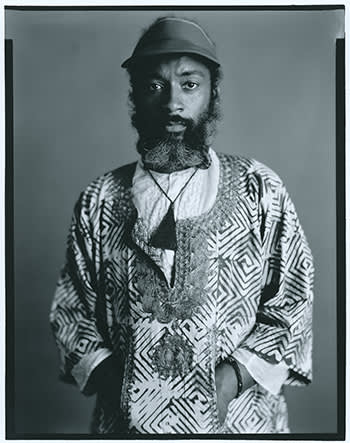
David Hammons
Photographed on September 2, 1980, in New York City
1 of 17
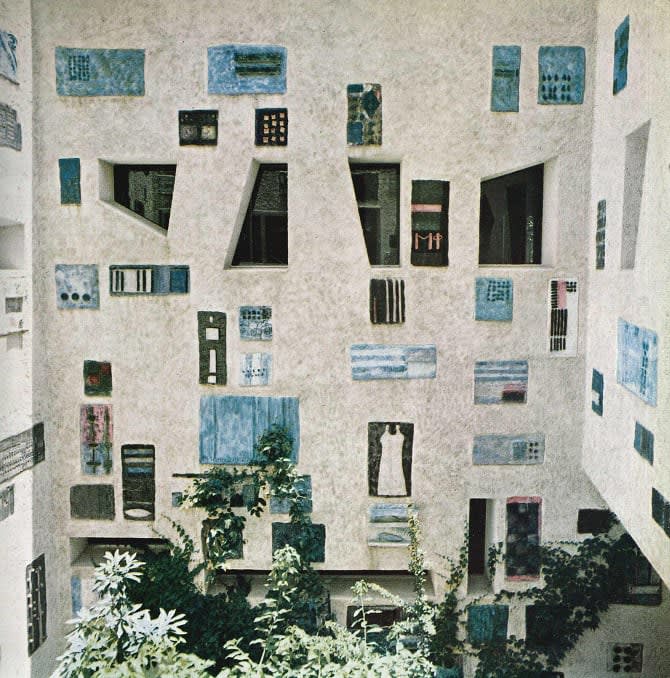
Gio Ponti
La Villa Namazee, 1957
2 of 17

André Sornay
Green-lacquered wooden cabinet, 1930
3 of 17
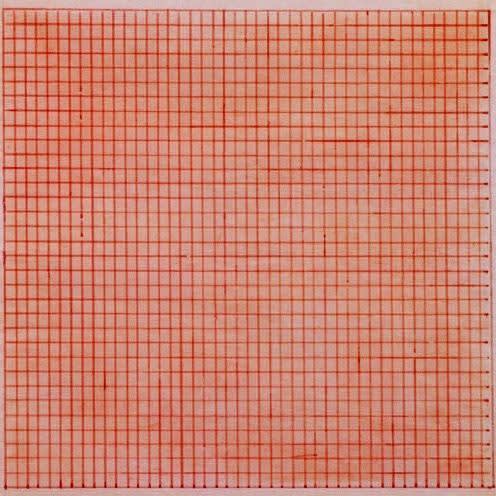
Agnes Martin
Untitled, 1963
4 of 17
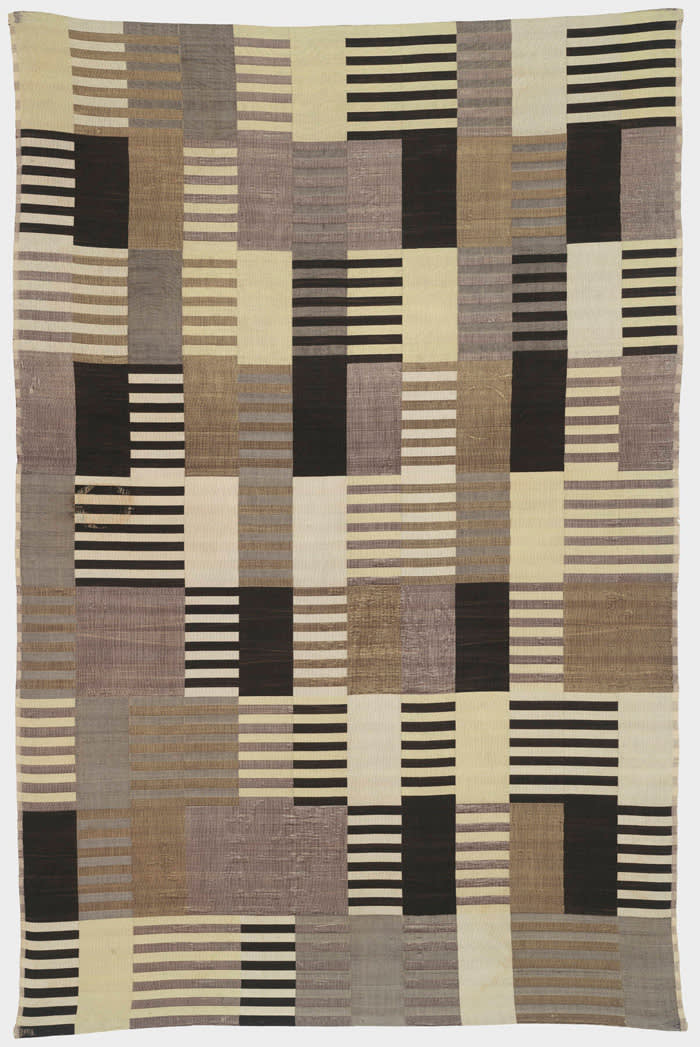
Anni Albers
Wall Hanging, 1926
5 of 17
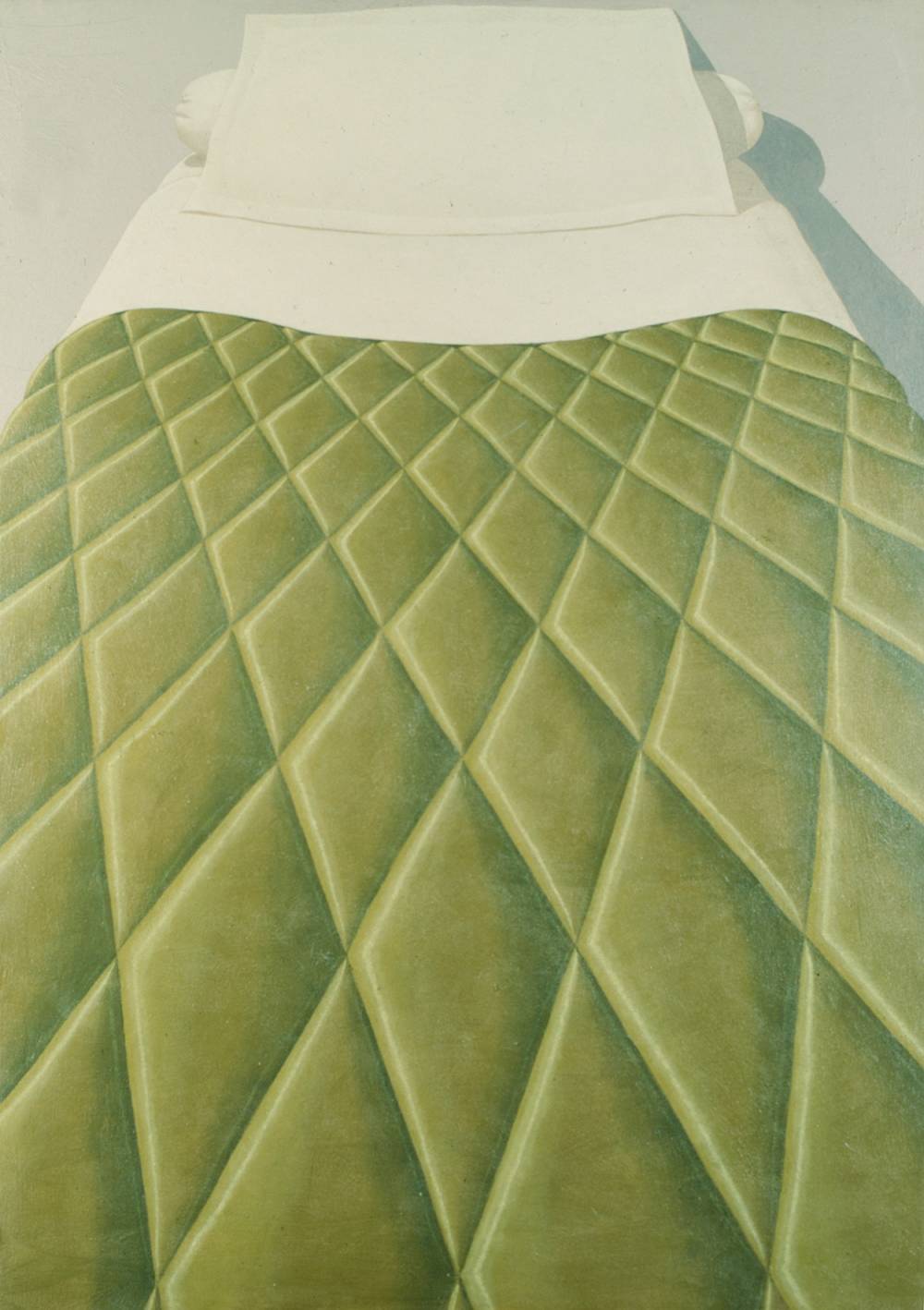
Domenico Gnoli
Green-Bed-Cover, 1969
6 of 17
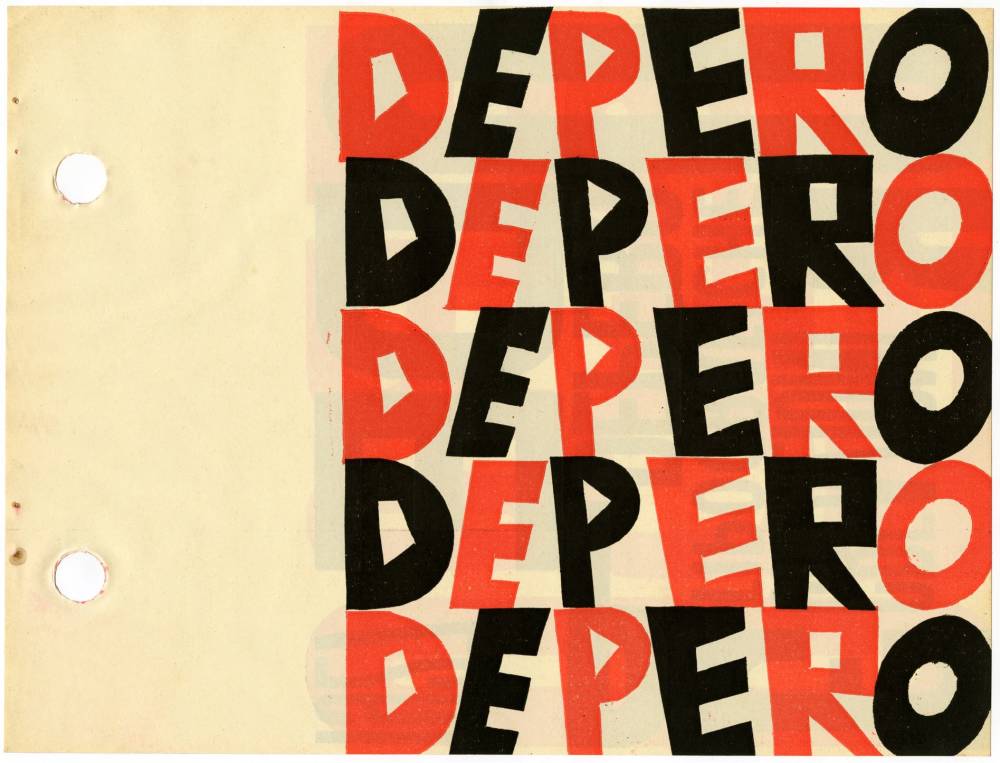
Fortunato Depero
Page from Depero Futurista (Libro imbullonato), Milan,1927
7 of 17
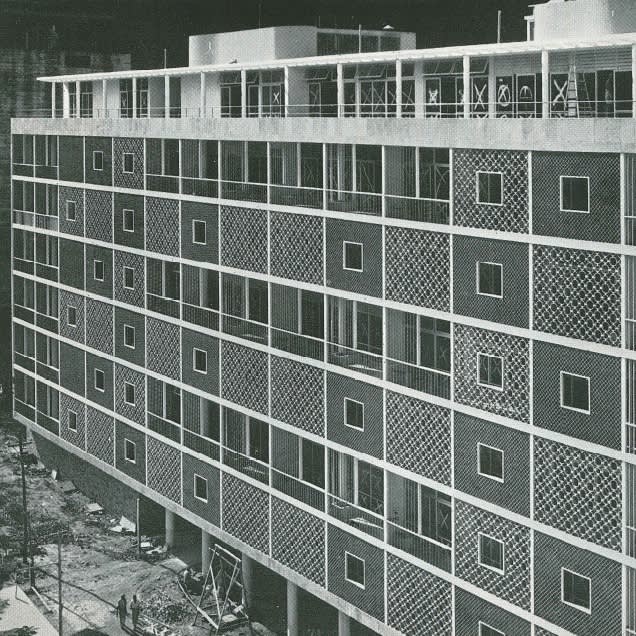
Lucio Costa
Housing complex in Rio de Janeiro, Brazil
8 of 17
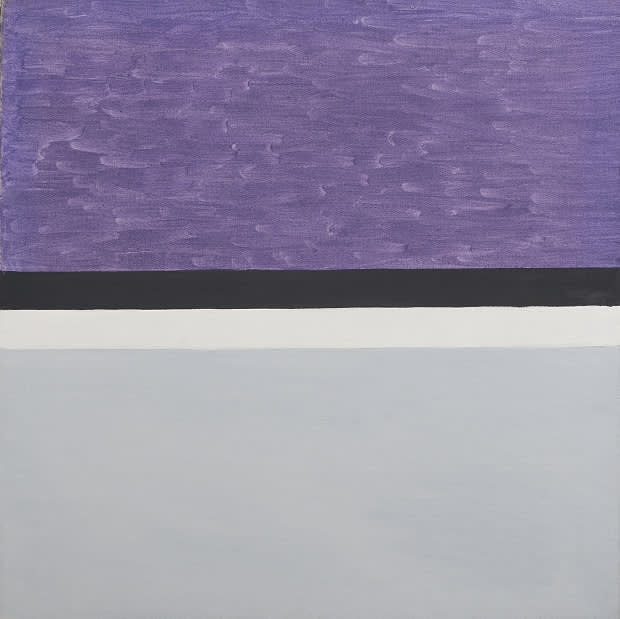
Agnes Martin
'Untitled', 1959
9 of 17
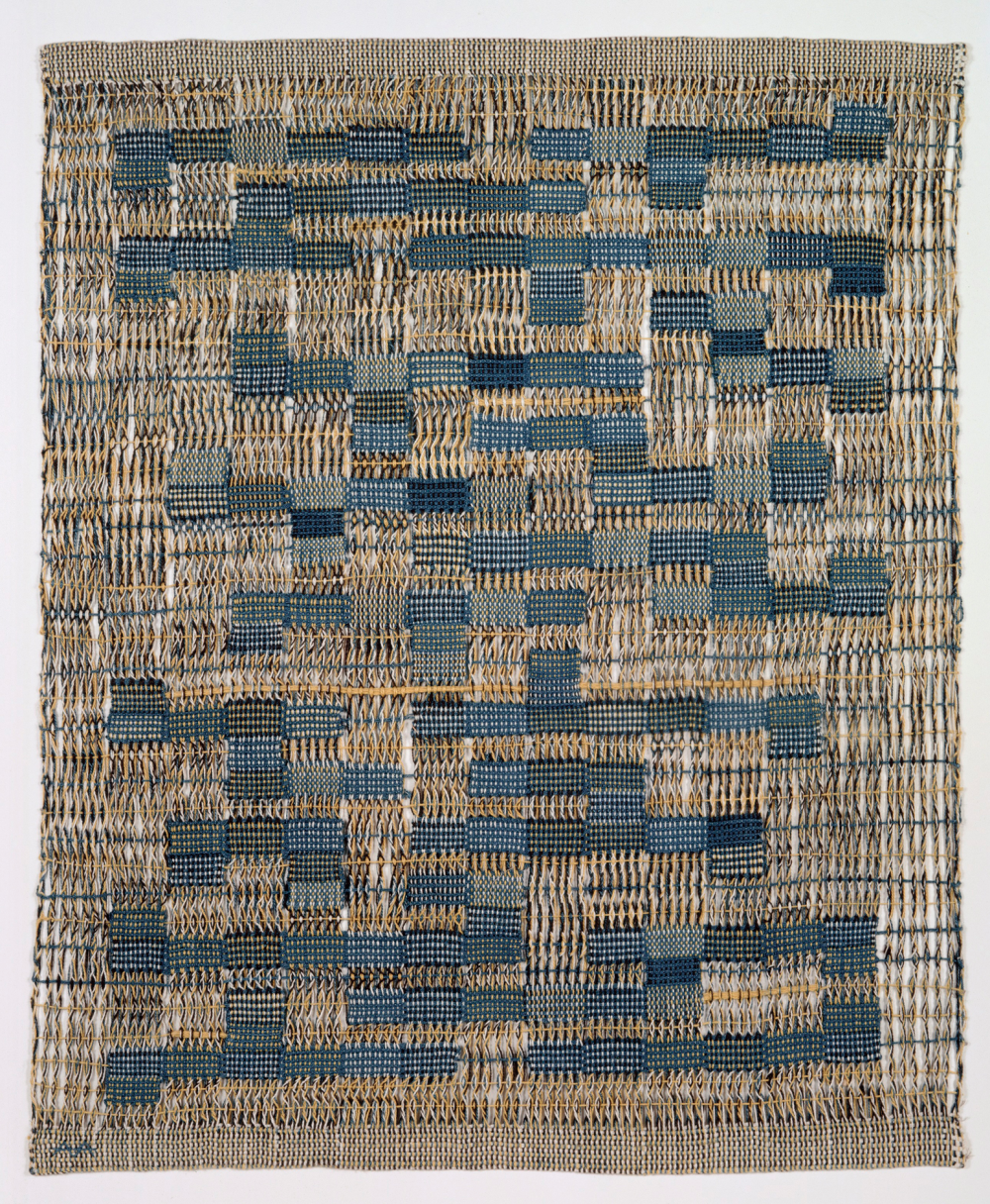
Anni Albers
Tikal, 1958
10 of 17
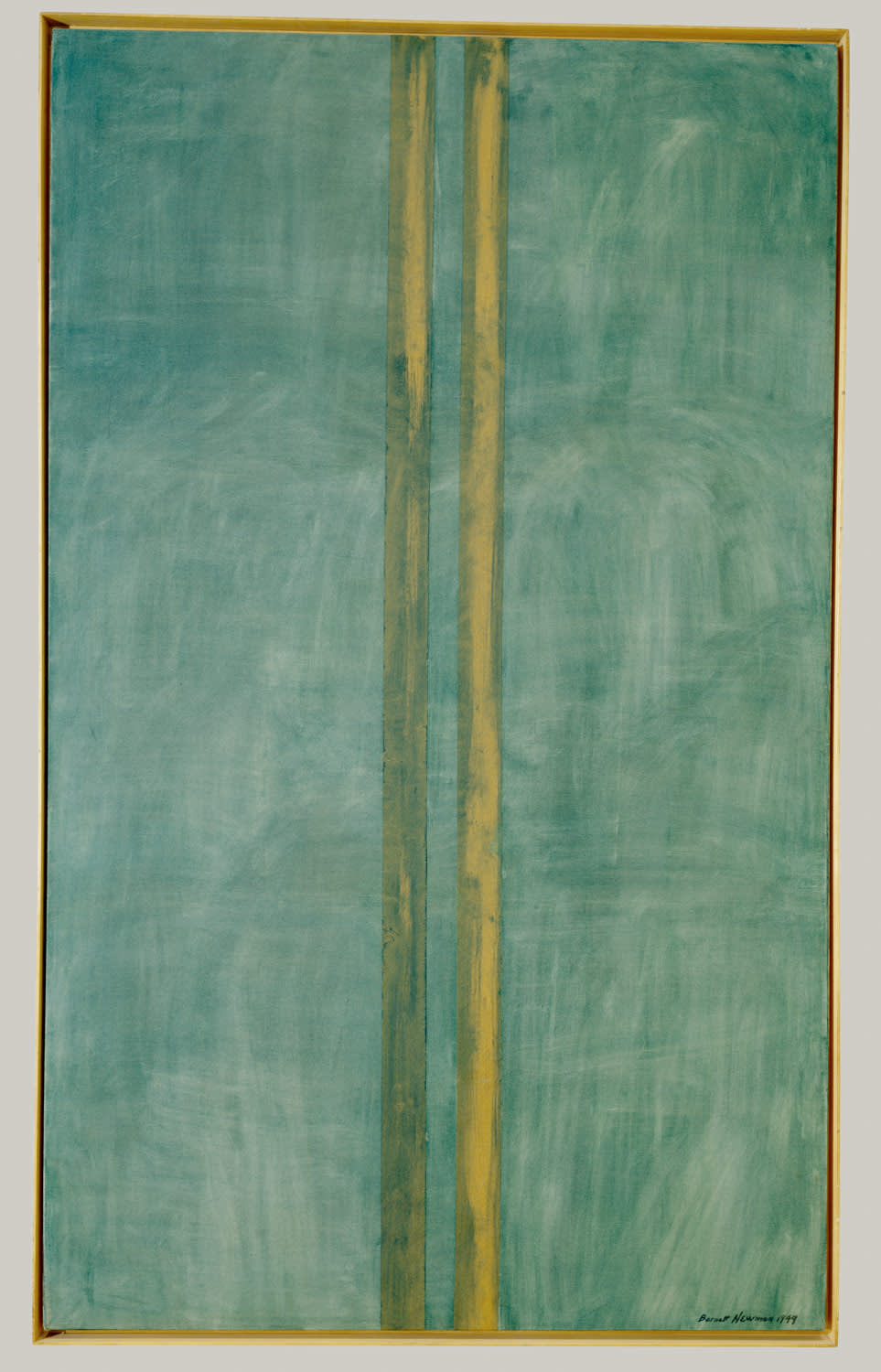
Barnett Newman
Concord, 1949
11 of 17
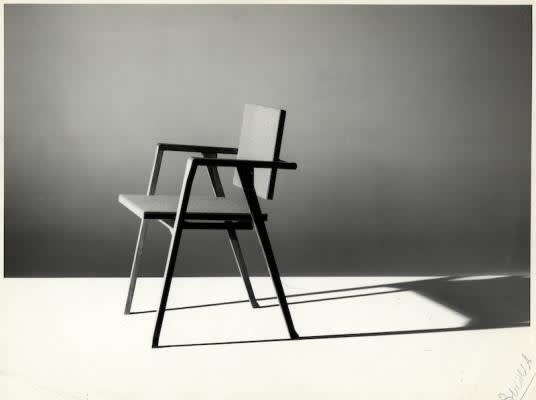
Franco Albini
Luisa Chair, 1960s
12 of 17
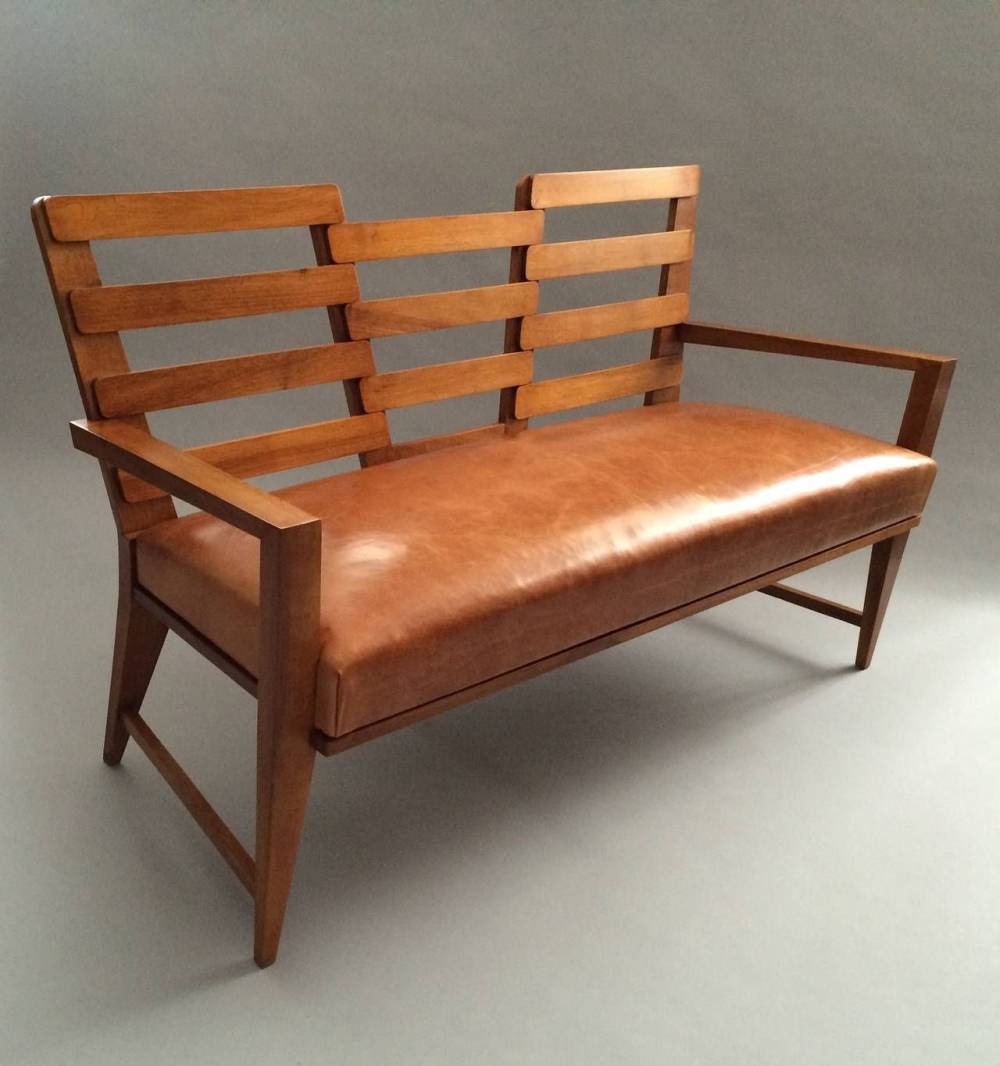
Gio Ponti
Sofa for Palazzo Liviano, 1939
13 of 17
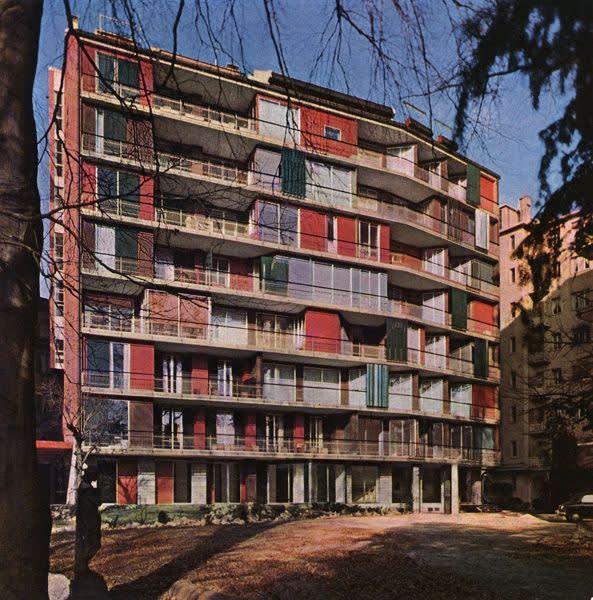
Giulio Minoletti
Condominio ai Giardini d'Arcadia in corso di Porta Romana, 1955
14 of 17

George Hoyningen-Huene
Greta Garbo, 1951
15 of 17
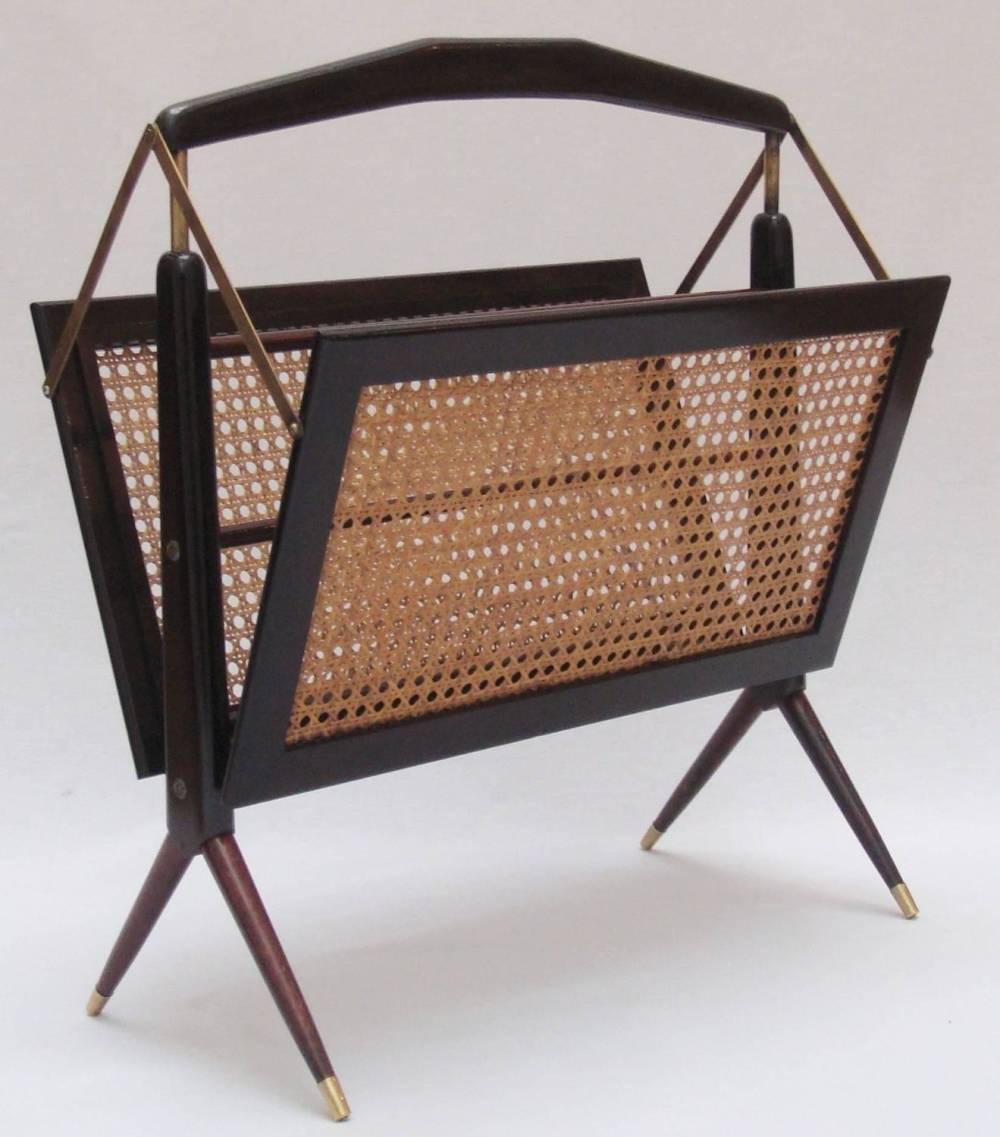
Ico Parisi
Wooden and Rattan Magazine Rack, 1950
16 of 17
